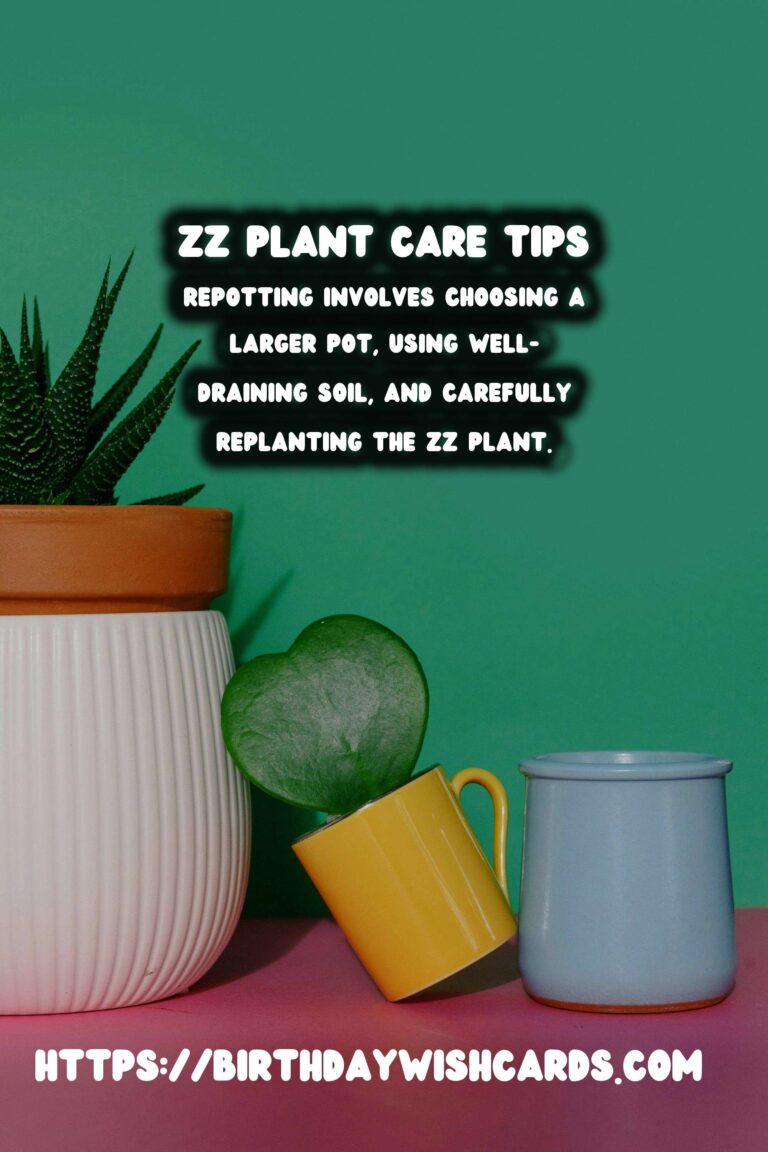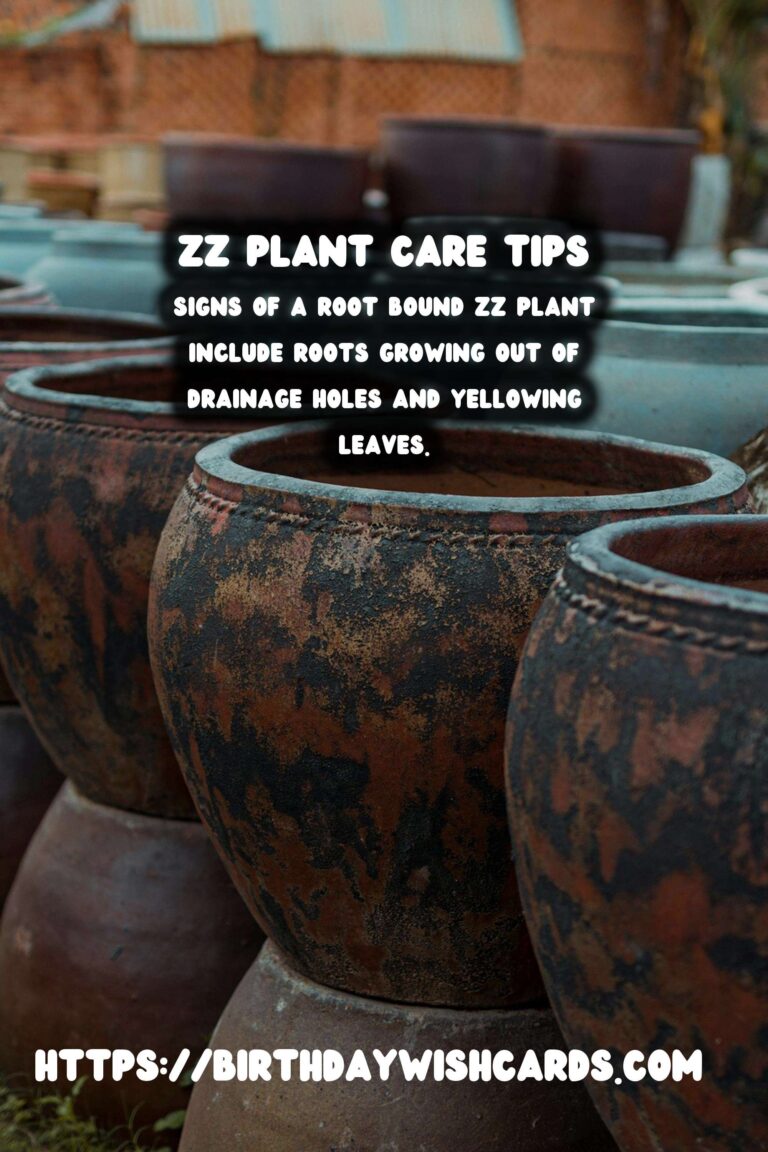
ZZ plants, known scientifically as Zamioculcas zamiifolia, have become a popular choice for houseplant enthusiasts due to their striking appearance and low maintenance needs. However, one common issue that plant owners may encounter is the root bound condition. Understanding how to recognize and address root bound problems is crucial for maintaining the health and vitality of your ZZ plant.
What Does Root Bound Mean?
Root bound is a condition where a plant’s roots have outgrown the pot, resulting in a dense mass of roots with little or no soil left. This can lead to several problems, including restricted growth, poor water absorption, and nutrient deficiencies. For ZZ plants, becoming root bound is a sign that it may be time to repot the plant into a larger container.
Signs Your ZZ Plant is Root Bound
Identifying the signs of a root bound ZZ plant is the first step in addressing the issue. Look for these common symptoms:
- Roots growing out of the drainage holes
- Water sitting on the soil surface without being absorbed
- Yellowing leaves or stunted growth
- The plant is top-heavy or the pot is cracking
If you notice these signs, it’s time to take action to ensure your ZZ plant continues to thrive.
How to Repot a Root Bound ZZ Plant
Repotting a root bound ZZ plant involves several steps:
- Choose the Right Pot: Select a pot that is 1-2 inches larger in diameter than the current pot. Ensure it has adequate drainage holes.
- Prepare the Potting Mix: Use a well-draining potting mix, such as a blend of potting soil, perlite, and sand, to provide proper aeration and drainage.
- Remove the Plant: Gently remove the plant from its current pot. If the roots are tightly packed, carefully tease them apart to encourage new growth.
- Repot the Plant: Place the ZZ plant in the new pot, ensuring that it is centered. Fill in with potting mix around the roots, pressing down lightly to eliminate air pockets.
- Water Thoroughly: Water the plant thoroughly after repotting, allowing excess water to drain out of the bottom.
After repotting, place the ZZ plant in a suitable location with bright, indirect light and resume normal care routines.
Preventing Future Root Bound Problems
To prevent your ZZ plant from becoming root bound in the future, consider these tips:
- Repot your ZZ plant every 2-3 years or when you notice signs of being root bound.
- Choose the appropriate pot size to encourage healthy root growth.
- Monitor watering habits to avoid over-watering, which can lead to root rot.
By being proactive and attentive to your ZZ plant’s needs, you can maintain its health and beauty for years to come.
Conclusion
Caring for your ZZ plant means being mindful of its root health. Recognizing and addressing root bound issues promptly will ensure your plant remains a vibrant addition to your home. With the right care and attention, your ZZ plant can continue to grow robustly, adding a touch of greenery to your indoor space.
ZZ plants are popular due to their low maintenance needs but can suffer from root bound issues. Root bound occurs when a plant’s roots outgrow its pot, leading to several growth problems. Signs of a root bound ZZ plant include roots growing out of drainage holes and yellowing leaves. Repotting involves choosing a larger pot, using well-draining soil, and carefully replanting the ZZ plant. Prevent future root bound issues by repotting every 2-3 years and monitoring watering habits.
#ZZPlant #Houseplants #GardeningTips #IndoorPlants #PlantCare

